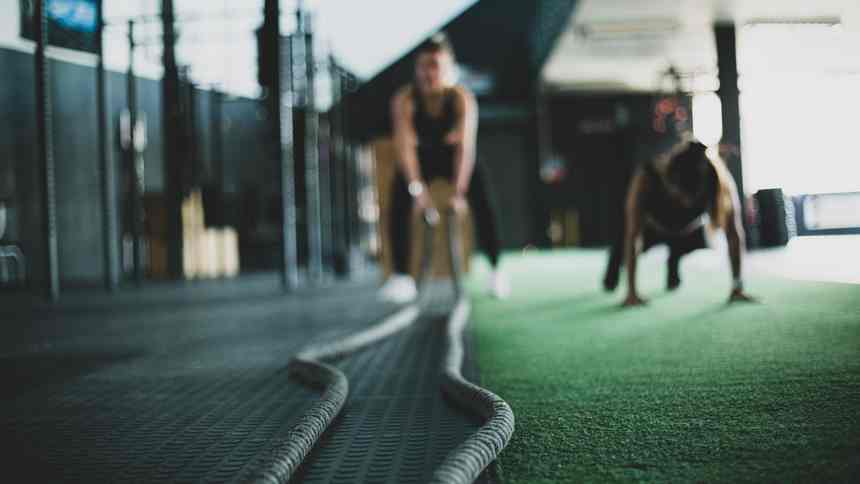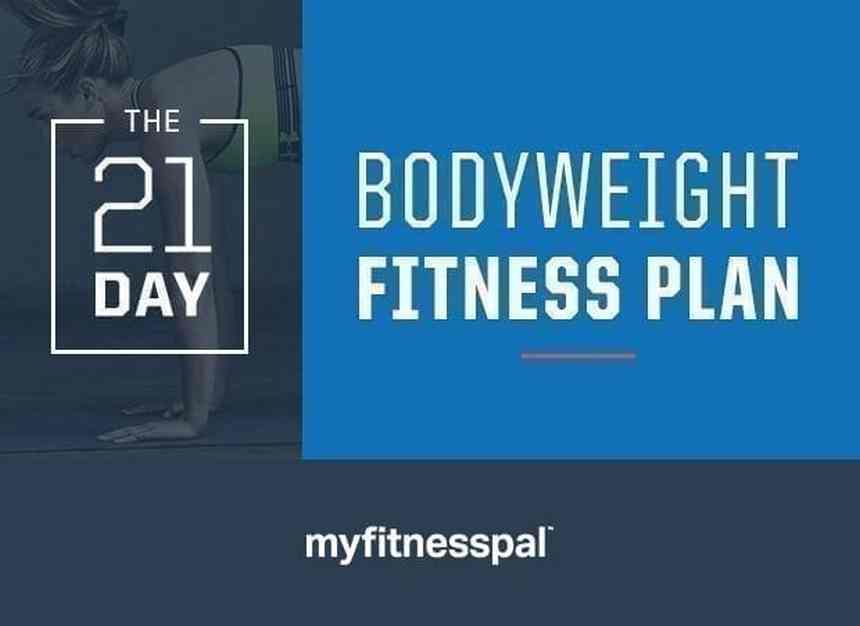How are you aware in case you are pushing too laborious throughout your exercises?
Overtraining is an actual phenomenon. It is attainable to coach a lot that you simply break your physique down reasonably than construct it up. However most individuals by no means come near “actual” overtraining, which is highlighted (lowlighted?) by bodily breakdowns which are laborious to disregard. This isn’t muscle soreness or having some unhealthy days within the health club.
Listed below are 7 frequent signs of overtraining, they embody:
- Enhance in resting coronary heart fee and blood stress
- Insomnia-like signs and hassle sleeping
- Abdomen disturbances
- Constant low power and unhealthy temper
- Adjustments in character and temper
- Decreased shallowness and motivation
- Emotions of unhappiness and apathy

In different phrases, you expertise signs that intently mimic despair and persistent fatigue, in keeping with analysis from the College of Memphis. In extreme instances of overtraining, your immune system shuts down and you’ll undergo a number of points, together with higher respiratory infections and gradual therapeutic, says analysis printed within the Journal of Athletic Coaching. You may learn all about overtraining right here.
Overwhelmed making an attempt to determine the suitable exercise steadiness? Let our coaches provide help to.
Whereas that article provides a terrific breakdown of the right way to arrange your coaching, it doesn’t cowl how you establish the high quality line between depth and madness. So should you’re anxious about pushing too laborious, Mike Robertson has the reply. Mike (one of many prime power coaches within the U.S.) examines the other ways to judge the depth of your exercises.
They are often damaged down into a couple of choices:
Choice 1: A self-analysis method often called RPR/RPE, or “fee of perceived restoration” and “fee of perceived exertion.” The RPR scale is how you’re feeling coming right into a coaching session — how effectively you slept, how drained/sore you’re feeling, and so on.
The RPE charges how heavy/how laborious issues really feel when you begin figuring out. And as you’ll see in Mike’s publish, he evaluates it by recurrently asking purchasers questions on how every transfer feels all through the exercise. Right here’s an instance:
-
- RPE of 10 – Max effort/restrict carry. That is both one heckuva grinder, or they flat out miss a carry.
- RPE of 9 – Heavy carry, however one rep left within the tank.
- RPE of 8 – Heavy(ish) carry, however two reps left within the tank.
- RPE of seven – Average weight, a number of reps left within the tank
Choice 2: However let’s say you don’t belief your self to make subjective measurements. You need information. Effectively, there are some checks you should utilize that can put some numbers to your bodily preparedness.
For instance, the vertical soar is a reasonably correct predictor of how fatigued you’re (see examine right here). In case your health club has a type of soar peak sticks (y’know, this stuff), you should utilize that as a self-assessment instrument. Bounce earlier than your exercise/after your warm-up. If you’re at, or above, your traditional whole, then you definitely’re seemingly able to go.
Should you’re a number of inches under, then you definitely’re extra drained than you assume and should need to scale the session again — and even make it an lively restoration day.
Choice 3: Should you don’t like leaping, however nonetheless need information, no drawback. A much less apparent solution to check your readiness is an easy hand dynamometer, which is a instrument that measures hand power. Research present that hand power is a dependable indicator of power on a given day (instance right here).
And should you’re squeezing and squeezing however a number of factors decrease than traditional, you’re extra fatigued than you realize.
Methods to make use of all of this?
Whenever you get to the health club and begin doing all your “working units” (not your warmup), cease and assess how you’re feeling. The load on the bar is likely to be much like prior exercises, however how you’re feeling is probably going totally different. And that’s your physique making an attempt to provide you useful data to profit from your session.
As an alternative of sticking to your actual plan, if the load feels “heavier” than traditional and also you’re exhausted, you’ll be able to nonetheless get in a terrific exercise with out grinding away unnecessarily. As you exercise, that is the holy grail of feeling in management.
Push tougher when your physique says you’ll be able to, and straightforward up when you understand how to acknowledge that you simply’re a little bit overworked. It’s an strategy that’s extra prone to hold you persistently within the health club, feeling good, and making enhancements.
 Adam Bornstein
Adam Bornstein
Adam Bornstein is a New York Occasions bestselling writer and, in keeping with The Huffington Put up, “some of the inspiring sources in all of well being and health.” An award-winning author and editor, Bornstein was the Health and Diet editor for Males’s Well being, Editorial Director at LIVESTRONG.com, and a columnist for SHAPE, Males’s Health, and Muscle & Health. He’s additionally a diet and health advisor for LeBron James, Cindy Crawford, Lindsey Vonn, and Arnold Schwarzenegger. His work has been featured in dozens of publications, together with The New York Occasions, Quick Firm, ESPN, and GQ, and he’s appeared on Good Morning America, The At this time Present, E! Information, and The Cheddar.
- The Rabbit Gap: How A lot Protein Per Meal?
- Coaching to Failure: 5 Questions You Have to Reply
- The Totally different Types of Whey Protein And What’s Greatest For You
Set your Writer Customized HTML Tab Content material in your Profile web page









